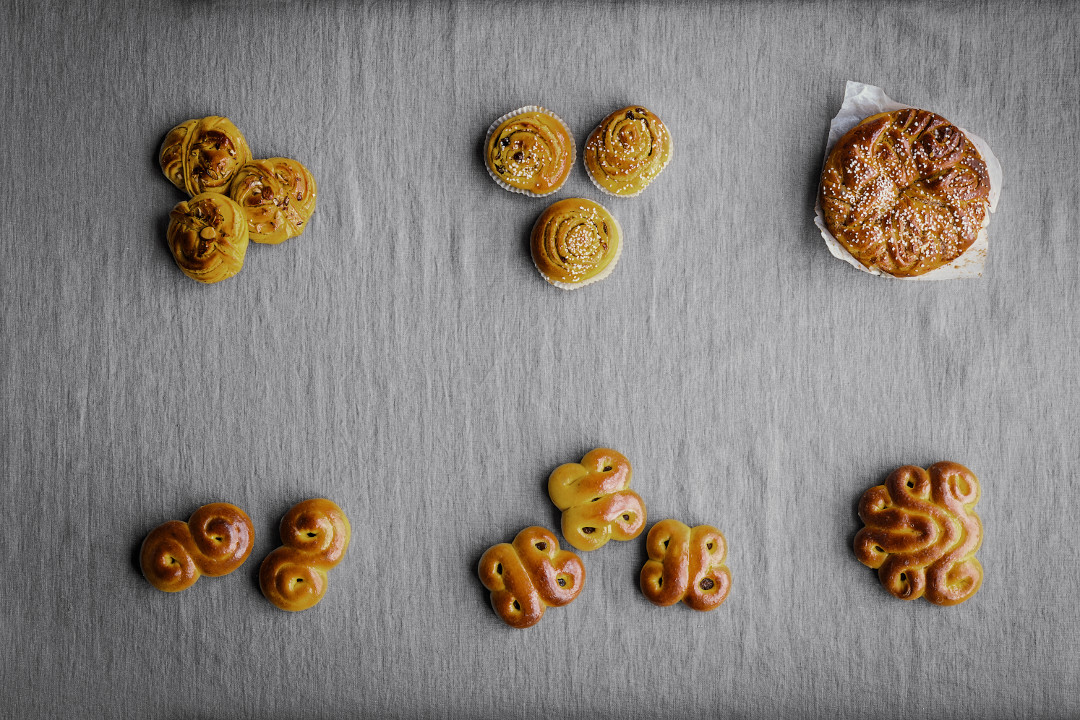
'Naps with eating' - Magnus Nilsson on Nordic snack breaks
Coffee and snack breaks are known as 'fika' the Nordic Baking Book author says - and they're great for productivity
How many snack breaks do you think you could fit into your working day? One, maybe two at a push? You’re obviously not thinking like a Scandinavian. For Magnus Nilsson, fika is a fun, frequent, Nordic institution.
“The word fika simply means a break for a snack in between meals,” he explains in The Nordic Baking Book, “most often it includes coffee and sometimes a fika can mean only a cup of coffee.
“It is a Swedish institution and something that goes on in every Swedish home and in every Swedish workplace,” he explains. “It is a cherished time to spend with friends, colleagues or just on your own.”
Fika’s place within the contemporary working environment is not uncontroversial; as Magnus admits, unions will often include fika in their negotiations. Nevertheless, the snack break’s place in Nordic society is deeply rooted in the region’s history and geography.
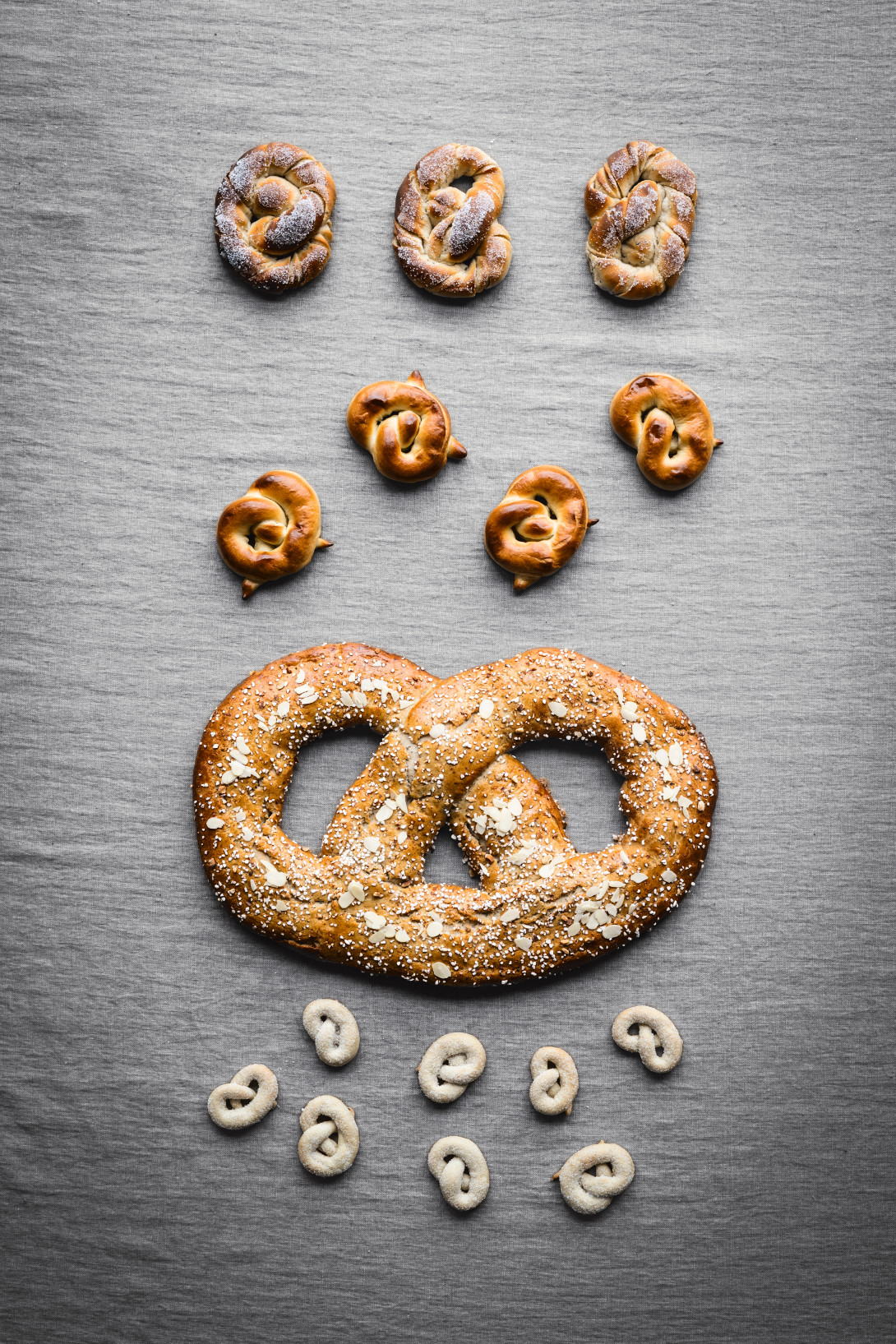
“Historically, the further north you lived in the world, the more you had to produce during summer and the time of light to keep you alive in winter,” he writes in a dedicated chapter in his new book, The Importance of Fika. “A sixteen-hour day of manual labour was nothing particularly unusual in summer. With passing time and inventions like industrial food production evening out the access to food around the year, and electrical light evening out the difference between day and night, our need for that much food in parts of the year has diminished.”
While most of Stockholm’s office workers probably don’t need four snacks outside of conventional mealtimes, those in the far north, say, living and working near Nilsson’s Faviken restaurant near Jarpen, close to the Norwegian border, still appreciate these “naps with eating” as Nilsson describes them.
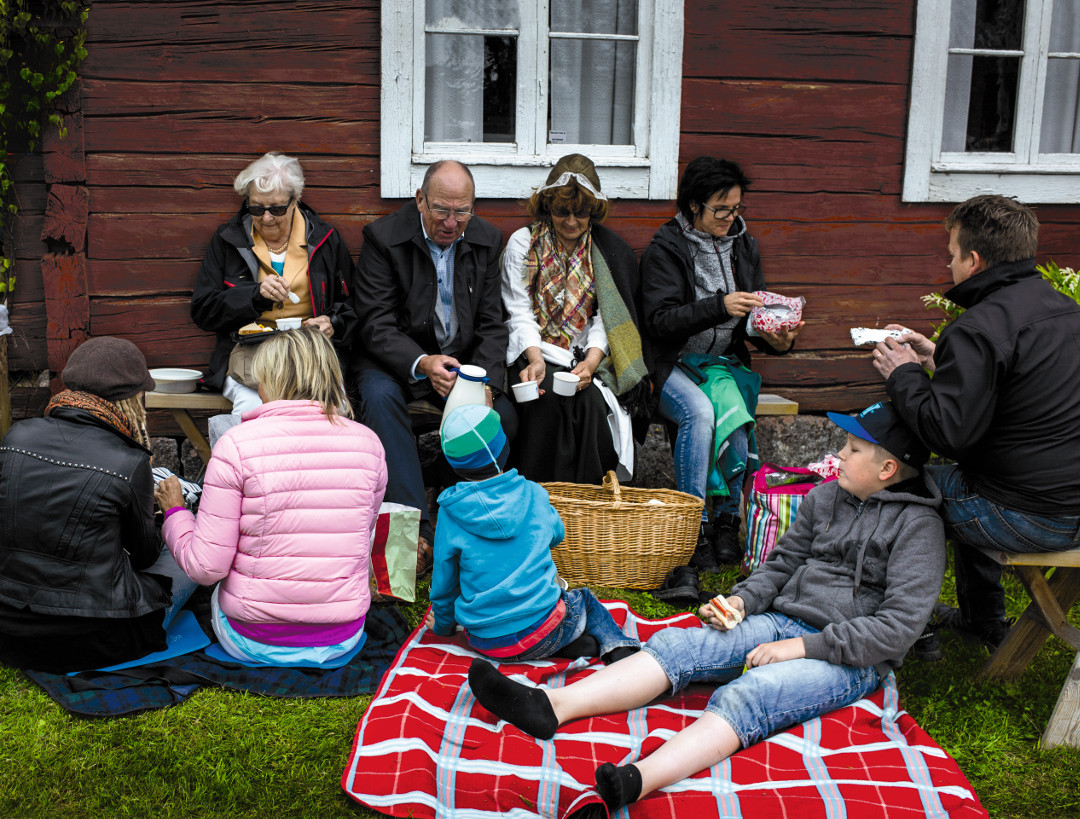
“The typical fika would be a cup of coffee, possibly with milk for those who are into that, served with a sweet cookie, cake or bun on the side,” Nilsson explains. “It can also be an open-faced sandwich served with coffee, almost like a light lunch. Fika is typically done quite a few times during a normal day and is probably one of the reasons why Swedes, just after the Finns and just before Danes, are at the very top of the world’s coffee consumption per capita, in 2014 beaten only by the Dutch.”
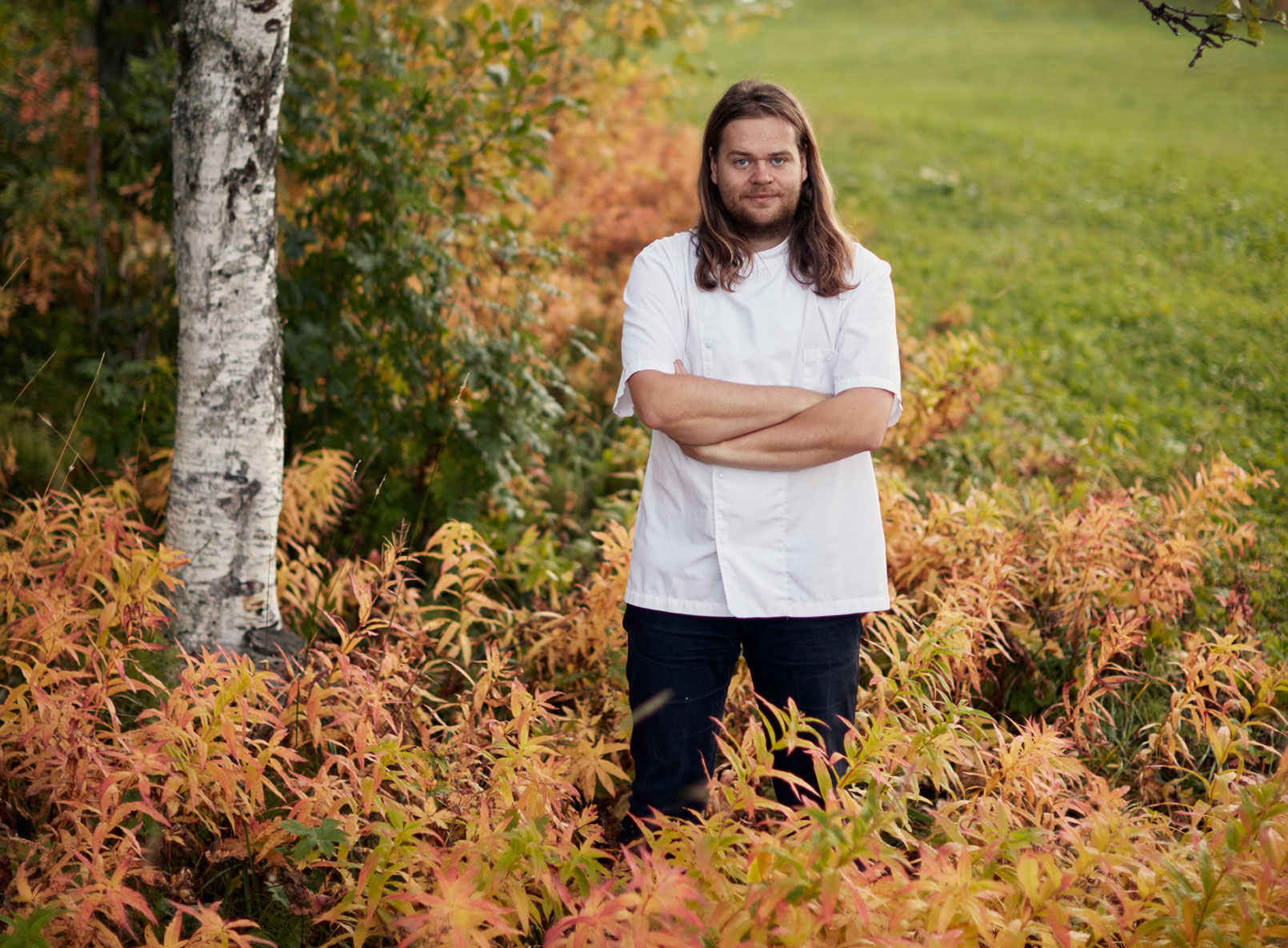
Of course, just because something is traditional doesn’t mean it can’t be changed to suit current times. “My generation, 1980s and onwards, still love our fika but we have rationalized it a bit and adapted it to the fact that everyone’s workdays aren’t as similar as they used to be,” Nilsson admits. “I would typically fika [yes, it can be a verb!] two times a day and, to illustrate the difference, I will share the meal schedule of my father from when I grew up. I believe he is very representative of his generation and the Swedes in general:
06:00–06:15 Pre-breakfast fika in solitude: Bun and coffee.
07:00–07:30 Breakfast with the kids: Porridge, or cultured milk and cereal, coffee.
10:00–10:15 Fika with colleagues: Bun, cake or cookie and coffee.
12:00–13:00 Lunch: Warm food followed by coffee and maybe some cake.
14:15–14:30 Fika with colleagues: Bun, cake or cookie and coffee.
17:30–18:30 Dinner with the family: Warm food followed by coffee.
21:00–21:30 Kvällsfika with the family: Sandwiches and tea, possibly some cake or a bun."
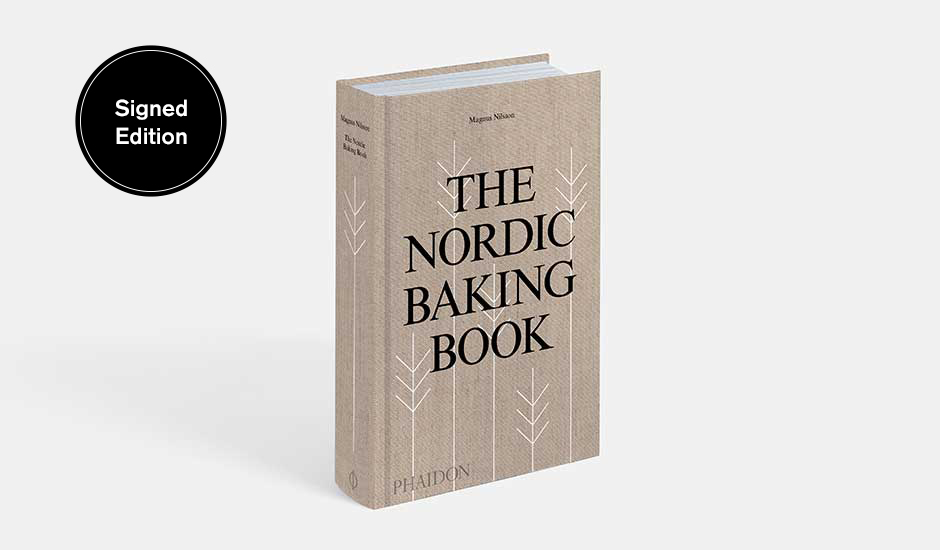
Given that sort of dietary regime, it shouldn’t be a surprise to learn that the Nordic region has produced some of the best bun, cake and cookie recipes in the world. To recreate some of them, and get your fika on also, order a copy of The Nordic Baking Book here.